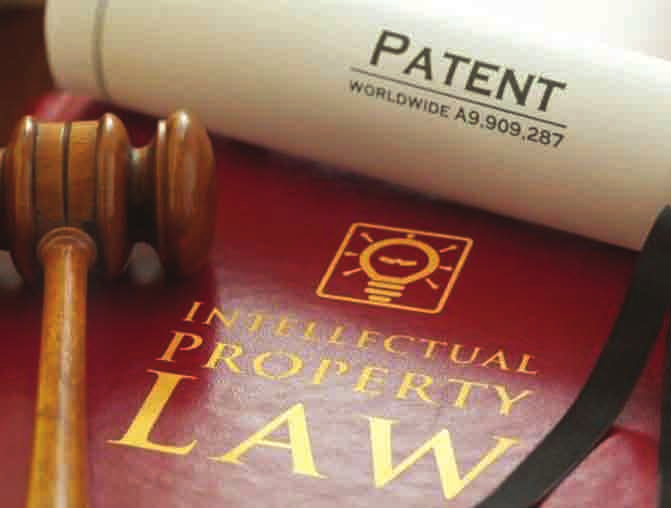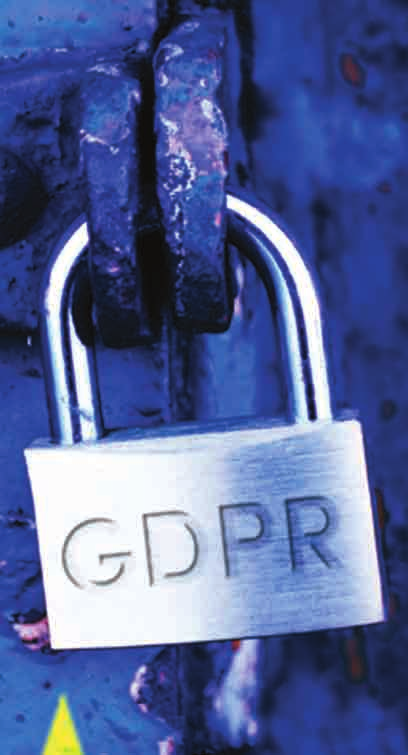
Decoding the Most Contentious Aspect of the Judgment in Communication Components - Antenna Inc. v. Ace Technologies Corp. & Ors.
Recently, the Hon’ble Delhi High Court delivered a landmark judgment in the case of Communication Components Antenna Inc. v. Ace Technologies Corp. & Ors. [CS (COMM) 1222 of 2018] (hereinafter, the “CCAI Judgement”). It was a pleasure to assist the Hon’ble Delhi High Court, on behalf of the Patentee/Plaintiff, in this case.
The judgment derives its uniqueness from the fact that the Defendants were put to terms for depositing money in a NonStandard Essential Patent matter based on an approximate interim royalty valuation of 10% of the Defendants' sales in India, which is a first of its kind in the history of Indian Patent Jurisprudence. Based on this, the Hon’ble Delhi High Court directed the Defendant to deposit, on an interim basis, approximately US$ 8 million in Court (which is roughly 10% of the sales made in India of the infringing product).
One of the most hotly contested aspect of the suit is the statements made during prosecution and the scope of the claims of the counterpart patent applications in other jurisdictions.
Hence, through this article, the author has tried to emphasize on the wide spectrum of subjective criteria that exists during prosecution of a patent application, specifically while amending the claims in different jurisdictions, due to peculiar laws and procedures existing in the patent offices of different jurisdictions and sensibilities of examiners of the same.
To provide a little background of the invention, IN240893 describes the construction of a split-sector antenna which has the ability to emit asymmetrical beam(s) that result in asymmetrical sub-sector coverage area(s), such that the summation/total critical coverage area (i.e., the total dominant coverage area), of the sub-sector coverage areas of the split-sector antenna is substantially equivalent to the critical coverage area (i.e., the dominant coverage area) of the earlier sector antenna.The same is achieved by reducing the area of handover, despite there being an increase in the number of handover areas (i.e., new handover area is created between the newly created sub-sectors) when moving from a sector antenna to a split-sector antenna.
CLAIM AMENDMENTS AND SUBJECTIVITY EXISTING IN THE SAME DURING PROSECUTION OF A PATENT APPLICATION IN DIFFERENT JURISDICTIONSOne of the most contentious point raised by Ace Technologies Corp. (Defendant), was that the scope of the claims of US Patent, US 8311582 (US ‘582) and Indian Patent, IN240893 (IN’093) is different owing to the limitations being added during prosecution in the US, and also that some critical terms like “Critical Coverage Area” which is present in the US, Indian and Canadian claims, were amended during prosecution in the EU. For the sake of complete disclosure, the EU patent application is still under prosecution and has not been granted protection. The above illustrations can be categorized into 2 kinds of amendments, clarificatory and substantive, which the author would deal with extensively in this Article.

AMENDMENTS WHICH ARE CLARIFICATORY IN NATURE
In patent law, it is a settled rule that the inventor can be his own lexicographer and can use terms in a claim which are coined and has no specific technical meaning, provided the term is appropriately described in the description of the invention. A similar incident took place during the EU Prosecution, in the instant case, wherein the EU examiner had asked the Applicant to sufficiently describe the coined terms in the claims itself. This led to an objection of ambiguity in claim terms. This was in stark contrast to the patent offices of the United States of America, India and Canada, wherein the patent offices did not deem it necessary to ask the Applicant to describe the terms in the claims itself. Even, the Patent Trial and Appeal Board (PTAB) of United States of America, during the Inter partes Review proceedings initiated by another entity/infringer, Commscope Technologies LLC, construed these terms from the specification and adopted the Patent Owner’s proposed construction of these terms.
The amendments made in the claims of EU patent application, during prosecution were merely clarificatory in nature, and did not alter the scope of the claims submitted before the EU patent office from that of the claims submitted in India, US or Canada.
There are is yet another instance of different and varied patent prosecution practice in India, Europe and the United States. While Indian and EU examiners regularly ask the Applicants during prosecution to “characterize” the inventive feature of the claim, to better identify the point of novelty of the invention, the US Examiners do not adhere to such practice unless the claims themselves are drafted in a Jepson Format.
Does that mean that the scope of protection is altered for the same set of parent claims in India, EU and US? In the humble opinion of the author, such an argument would be rather juvenile as the illustrations elucidated above can be only construed as clarificatory amendments in the claims which in no manner can be calculated as altering the scope of the claim
The illustrations shown above are some examples of clarificatory amendments in claims which does not alter the scope of the claims and usually depends on the peculiar laws and procedures existing in the patent offices of different jurisdictions.
AMENDMENTS WHICH ARE SUBSTANTIVE IN NATUREThe illustrations shown above are some examples of clarificatory amendments in claims which does not alter the scope of the claims and usually depends on the peculiar laws and procedures existing in the patent offices of different jurisdictions.
As rightly observed by the Hon’ble Delhi High Court in the CCAI Judgment, statements/amendments during prosecution are sometimes substantive in nature and can be said to alter/narrow the scope of claim, like adding additional limitations in the claim to overcome some prior art or group of prior arts cited by the examiner. The peculiarity of the claims of IN’093 were that the alleged additional imitation of “reduction of overlap” contained in the claims of US’582 was itself contained in the feature of “maintaining of substantial equivalence of the Critical Coverage Area” of the claims of IN’093 and hence the alleged limitation of the claims of US’582 was a necessary corollary of the feature of “maintaining of substantial equivalence of the Critical Coverage Area”. Hon’ble Delhi High Court, in this regard relied on the judgment of Catnic Components Ltd. v. Hill & Smith 1982 RPC 193, wherein it was held that “claims have to be interpreted purposively and not literally”, and the same holds true in the context of claims of the IN ‘093 and US ‘582.
Hence, the Defendants’ contention that IN ‘893 is invalid as there is admission in US’582 that without the additional language the patent is obvious does not hold water, as rightly held by the Hon’ble High Court and the additional language of claims of US’582 would not affect the scope of the IN’893 in any manner whatsoever.
CONCLUSIONClaim amendments are sometimes substantive and sometimes clarificatory in nature, while the former may alter the scope of claims, the latter is made to satisfy peculiar laws or patent office procedures/practices of that particular country and does not necessarily alter the scope of the claims. It might also happen that during parallel prosecutions of an International Application after entry into the respective National Phases, examiners in a patent office in country one, deems a specific prior art to be relevant and asks the Applicant to add additional limitations to overcome the cited prior art. However, the Applicant in deference to the examiner’s view point may amend the claims to include the additional limitations. Alternatively, it may also happen that another examiner of a different jurisdiction (say country two) may find the prior art relevant, however the Applicant/Agent of country two, may convince the examiner of the country two, that the prior art does not anticipate/render obvious the claims and hence the additional limitation is not required to be added. A third situation may arise wherein an examiner of a third country does not find the prior art to be relevant and grants the claim as it is, without raising any substantive objection. Hence, an element of subjectivity remains during the prosecution of an International Application, when it enters the national phase of a particular country. An analysis of infringement has to be made on the basis of the granted claims of the specific jurisdiction where the suit is instituted and a Judge should not indulge in a microscopic analysis of the scope of claims granted in different jurisdictions during the prima facie stage.
Therefore, it is our opinion that the Hon’ble Delhi High Court in the CCAI Judgement, was correct to base its infringement analysis on the claims granted in India without diving deep into the technical analysis of the scope of the granted claims of India and the United States, which might have led to a mini trial at the interim stage itself. Like all judgments, this judgment has also garnered its fair share of criticism on the aspect that the additional language being added in the claims of US’582 were limiting in nature and hence substantive in nature and not merely clarificatory, but we believe that the reasoning of the Hon’ble Delhi High Court is fair and just in arriving at the conclusion that the scope of claims of IN’093 and US’ 582 are similar



